Classic Cars, Movies, Music, and Other Stuff ...
633 Squadron is a WW II movie in which the “good guys all die.” I anticipated a whole lot of flying, bombing, and dogfights between the British and Germans planes. While this does happen, it wasn’t so cut and dry as all that. It was a lesson on the realities of war. And how’s that?
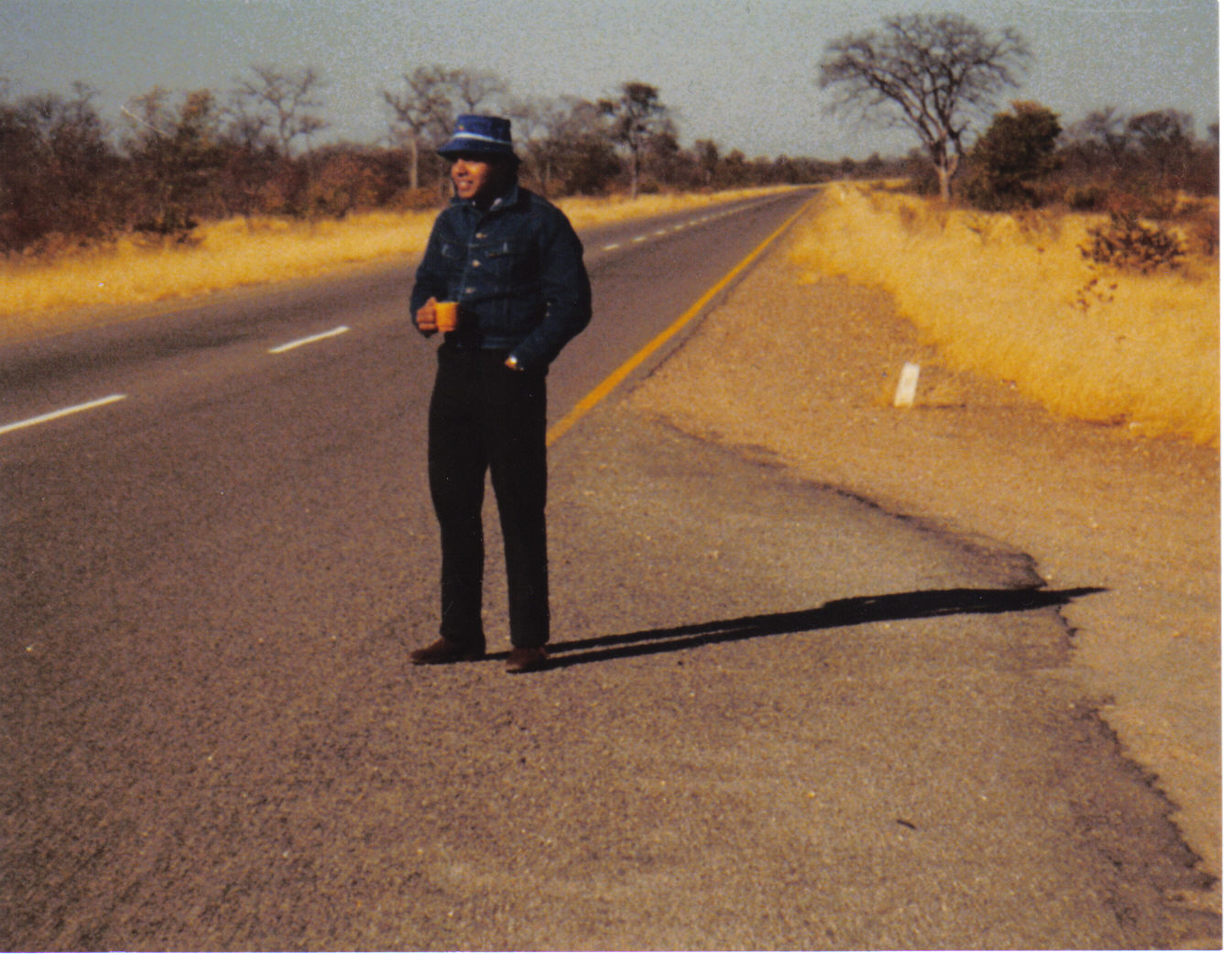
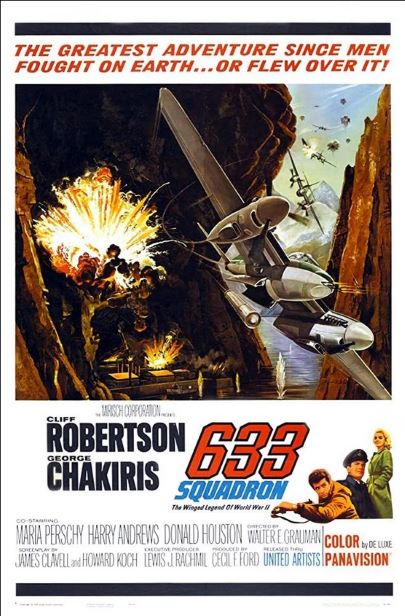
Being an air force “brat,” I love movies related to the air force, aircraft, or air force life. And in my childhood, I was especially attracted the movies related to World War II. Maybe it was due to the British influence in my environment and it had only been over two decades since the end of the War. And it is with this enthusiasm, I jumped at the opportunity to watch 633 Squadron in our air force base movie theater. The movie was to stay in my mind. Let’s see why.
During World War II, the Germans are producing special fuel for rockets which have the ability to turn the tide of the war in their favor. It’s urgent that this facility is destroyed or the UK, the last holdout against the Germans in the West, faces likely defeat.
This is easier said than done, as the fuel plant is located in a dangerous location that can only be destroyed by strategically accurate strikes using specific aircraft and bombs. The plant, located in a fjord in Norway, is nested within steep cliffs and bristling with anti-aircraft guns. Moreover, the plant itself is evidently located underground.
The strategy is to have local resistance fighters take out the anti-aircraft guns, so the British fighter bombers can carry out the risky maneuvers and hit the surrounding cliffs at an angular approach. It is impossible to hit the plant directly, so it is expected that this bombing will disturb the rocky cliffs enough to create an avalanche of rocks to bury the plant, putting it out of commission.
The 633 Squadron, selected for the mission, fly De Havilland Mosquitoes. These swift and maneuverable fighter bombers are the only ones capable of delivering the results. Meanwhile, a group of local partisans is prepared to hit the anti-aircraft guns just prior to the bombing mission.
Unfortunately, things don’t go as planned as the partisans fail in their mission. The mission cannot be cancelled or postponed. So, the attack is commences as per schedule. With the guns still active, it’s a disaster for the bombers. In the end, the entire squadron is destroyed. But do they succeed in knocking out the plant? You would need to watch the movie for that answer.
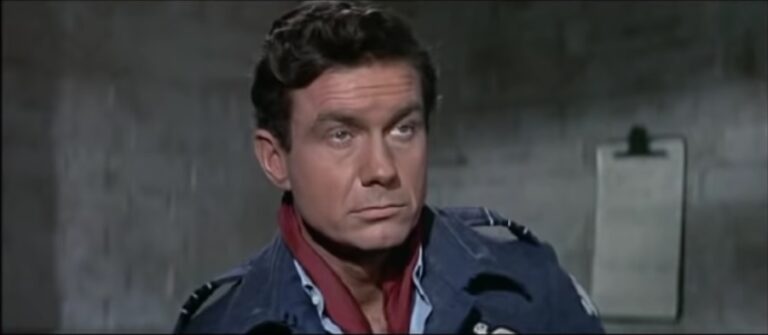
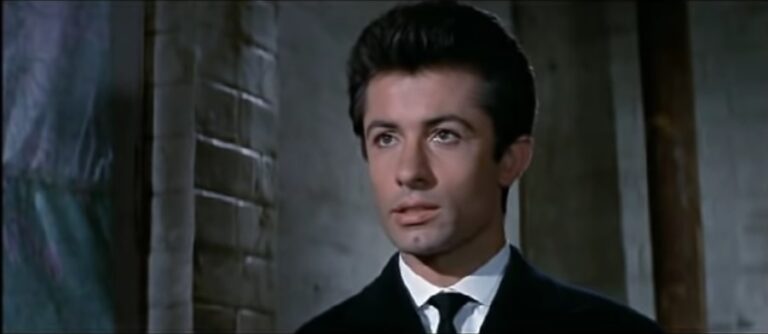
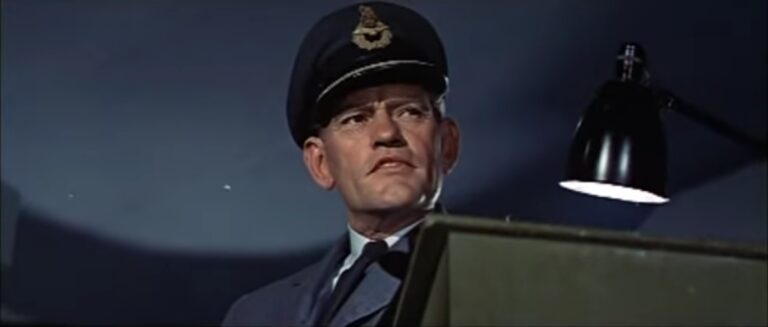
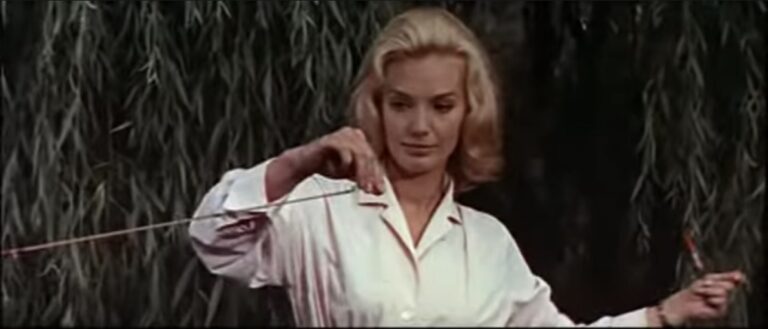
This is the first movie I saw where all the “good guys” die. At that age, this shook me up, as that’s not supposed to happen! The real star of the movie is the Mosquito fighter-bomber – one of the most beautiful and deadly aircraft made then. It’s agility shook up the Germans who responded with the Messerschmitt Me 410 Hornisse. The Mosquito is the only aircraft capable of such a mission.
The clothing and hairstyles look decidedly 60s, rather than 40s. While some might find it technically lacking, I think the job was tolerable. I prefer this over CGI any day. Overlook the technical flaws and some inaccuracies, stick to the story, and you’ll appreciate the movie.
One interesting trivia regarding this movie is that George Lucas was inspired by this movie for some of the action scenes in “Star Wars.”
Michael Appert / YouTube.com
This movie will likely to appeal most to lovers of World War II aircraft, Air Force types, and history buffs who like a good war movie with minimal CGI. There is a romantic angle too, which involves a difficult personal choice as a corollary to the war.
A powerful statement, at the end of the movie: “… you can’t kill a squadron.” And that sums up the grim attitude of the war with the end justifying the means – whatever the cost.
I’ll be back with another review soon. Your comments are welcome.
Barton Fink (1991) – Is The Joke On Us?
The Westerns – Exciting, Forgotten TV Genre
“That Man from Rio” (1964): Exciting, Fun 60s Caper
Thaps On the Large Screen (and the Small One)